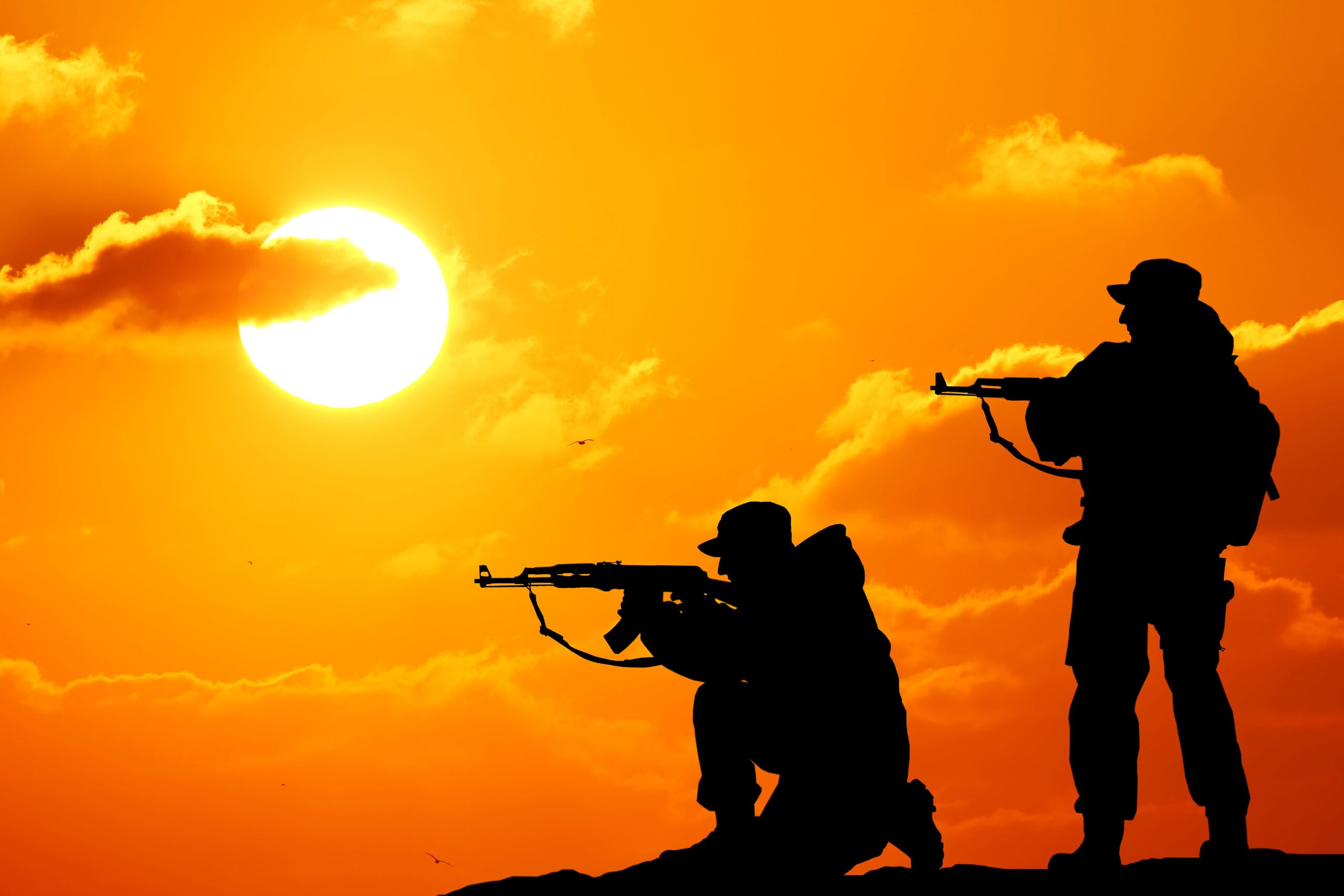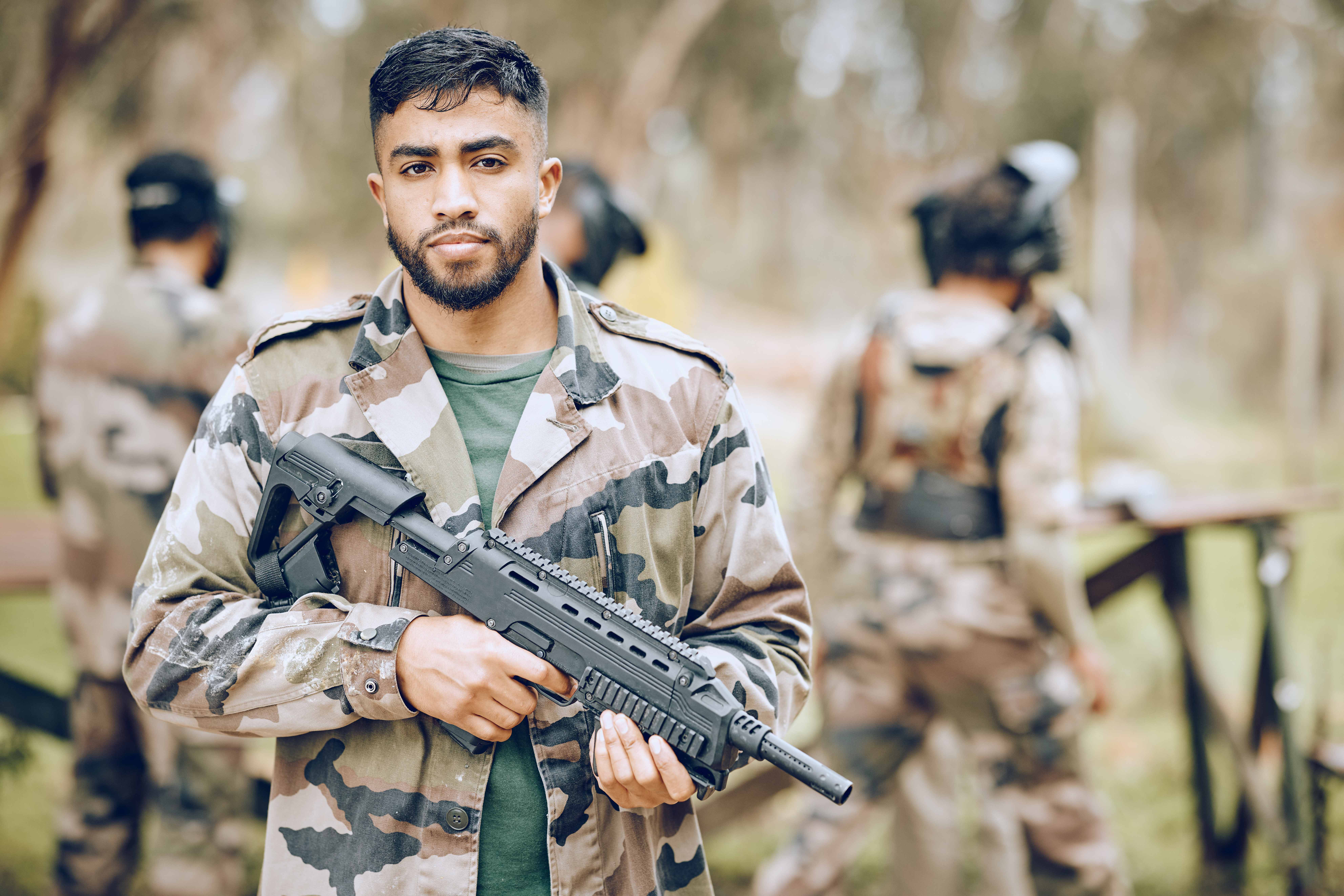Naik Jadunath Singh, PVC (21 November 1916 – 6 February 1948), stands among the most celebrated heroes of the Indian Army. Awarded the Param Vir Chakra posthumously for his extraordinary valor during the Indo-Pakistani War of 1947, Singh’s story continues to inspire generations of soldiers and civilians alike.
Early Life and Enlistment
Born into a farming family in Khajuri village near Shahjahanpur, Uttar Pradesh, Jadunath Singh was the third of eight children of Birbal Singh Rathore and Jamuna Kanwar. Though he studied only up to fourth grade due to his family’s limited means, he earned a reputation as the village wrestling champion, a testament to his physical strength and determination. Nicknamed “Hanuman BhagBal Brahmachari” for his steadfast character, Singh never married, dedicating his life entirely to service.
In November 1941, Singh joined the British Indian Army’s 7th Rajput Regiment, beginning his military journey at the Fatehgarh Regimental Centre. His early training forged the discipline that would later define his gallantry.
Combat in World War II
Singh’s first major test came in Burma, where he fought against the Japanese in the Arakan campaign. As part of the 47th Indian Infantry Brigade, he endured brutal conditions across the Mayu Range and the treacherous jungles near Donbaik. When his brigade was cut off and fragmented, Singh and his comrades fought with tenacity to rejoin Allied lines, an ordeal that showcased his courage under fire.
By 1945, stationed in the Andaman & Nicobar Islands, Singh helped secure the region following Japan’s surrender. His leadership and reliability earned him a promotion to Naik (corporal) and cemented his role in the newly independent Indian Army post-partition.
Heroism at Tain Dhar
On 6 February 1948, during an intense engagement at Tain Dhar north of Naushahra, Naik Singh commanded a nine-man forward post against a vastly superior Pakistani force. Despite being wounded in the second wave of attacks, he refused to fall back. Arming himself with a Sten gun, Singh led a lone charge that repelled the third assault, buying crucial time for reinforcements—but sacrificing his life in the process.
For this self-sacrifice and superlative leadership, the President of India awarded him the Param Vir Chakra, the nation’s highest military honor.
Legacy and Honors
Naik Jadunath Singh’s legacy endures in both memory and memorials. His dedication to duty and fearless leadership are commemorated through:
- Param Vir Chakra: India’s premier gallantry award for valor.
- Stadium Dedication: A sports stadium in Shahjahanpur bears his name.
- Naval Tribute: An Indian crude oil tanker christened “Naik Jadunath Singh.”
Each tribute ensures that his courage remains a guiding light for all who wear the uniform.
Find Out More!
Explore more stories of valor and the latest indian army news today on our website. Join us in honoring the heroes, such as indian soldier Naik Jadunath Singh, whose sacrifices safeguard our nation’s peace and pride.

Comments are closed